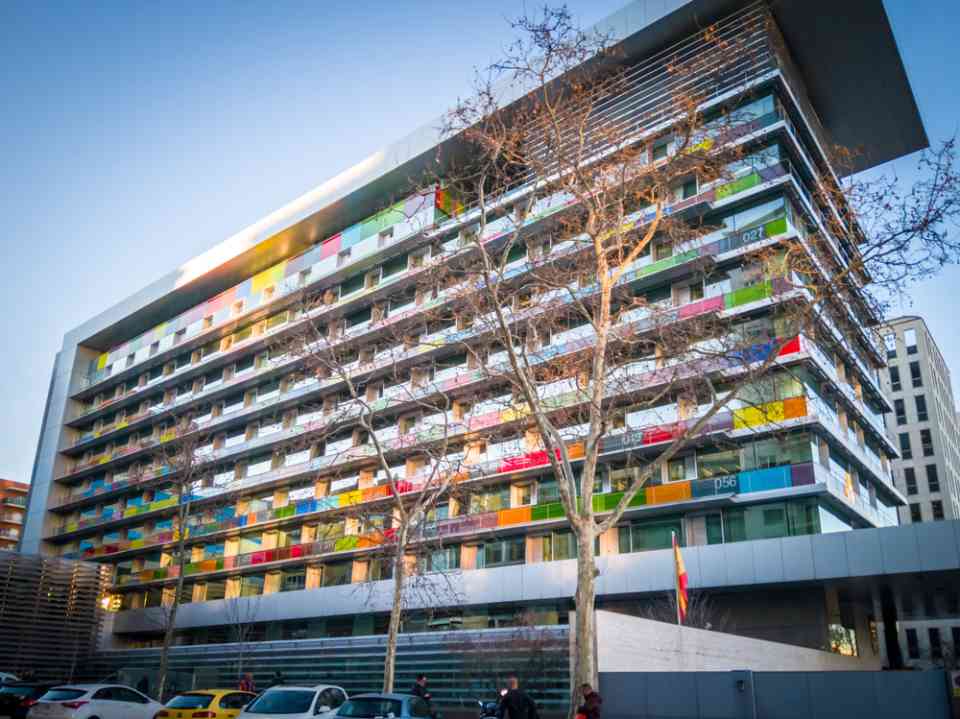Despite being impacted by higher prices, Americans have continued to spend heavily at retail stores and restaurants, driven in large part by wealthier consumers. These individuals, benefiting from rising incomes, home equity, and stock market wealth, have significantly contributed to maintaining consumer spending at robust levels.
According to research from the Federal Reserve, this shift marks a departure from pre-pandemic trends, highlighting the role of wealthier households in sustaining consumer spending, which is crucial to the U.S. economy’s growth. Experts believe this spending pattern could support steady economic expansion both this year and next.
In contrast, lower-income households have felt the strain of increased costs for rent, groceries, and other essentials. This has left them with less disposable income for non-essential purchases like electronics, entertainment, or dining out. Although their inflation-adjusted incomes are beginning to recover, experts suggest it may take years for their financial situation to fully rebound.
These spending disparities help explain the contrast between pessimistic consumer sentiment and the healthy economic data, a critical factor in the ongoing presidential election. A relatively small segment of the population is driving much of the economic growth reflected in government reports.
The resilience of the U.S. economy is also evident despite the Federal Reserve’s decision to keep its key interest rate at the highest level in over two decades until recently. Higher borrowing costs for mortgages, auto loans, and credit cards have not prevented inflation-adjusted consumer spending from rising by 3% in 2022 and 2.5% in 2023. The April-June quarter saw consumer spending increase at an annualized rate of 2.8%, according to the government’s recent report.
Retail sales in the U.S. rose by 0.4% between August and September, the Commerce Department revealed last Thursday. Restaurant sales surged by 1%, indicating consumer confidence and a willingness to spend on dining out. The Federal Reserve Bank of Atlanta estimated that the economy grew at a solid 3.4% rate in the July-September quarter.
Affluent households have been buoyed by substantial increases in housing and stock market wealth since the pandemic. Home values have continued to rise, driven by high demand and limited housing supply. Meanwhile, the stock market has also reached new highs, with the S&P 500 index up by 22.5% this year. The wealthiest 10% of U.S. households hold roughly 80% of stock market value.
Michael Pearce, deputy chief U.S. economist at Oxford Economics, explained that these gains have allowed wealthier Americans to continue driving overall spending. He noted that housing and stock market values have increased significantly for the top 10% of earners over the last four years. Home equity for this group has surged by 70%, reaching $17.6 trillion, while their stock and mutual fund wealth has grown by 86% to nearly $37 trillion, according to Federal Reserve data.
This rapid growth has enabled affluent households to increase their spending without the need to save as much from their regular income. A recent Federal Reserve report showed that, before the pandemic, retail spending was growing at a similar rate across all income groups. However, in the past three years, upper- and middle-income earners have been spending more quickly than lower-income households.
By August 2024, inflation-adjusted spending on retail goods had risen 17% for households earning more than $100,000 since January 2018. For middle-income households, earning between $60,000 and $100,000, spending increased by 13.3%, while those earning less than $60,000 saw just a 7.9% increase. Spending among lower-income households actually declined from mid-2021 through mid-2023, according to the Federal Reserve.
Fed economist Sinem Hacioglu Hoke and her colleagues observed that middle- and high-income households have been the driving force behind the strong demand for retail goods.
Among those feeling the pinch of rising costs is Helaine Rapkin, a 69-year-old teacher from Ramsey, New Jersey, who recently shopped for discounted athletic wear at Kohl’s. She shared that she’s grappling with the higher costs of various items, expressing frustration that, despite lower inflation rates, she isn’t feeling any relief.
Michael Pearce’s research also shows that lower-income Americans have cut back on discretionary spending since the pandemic, as inflation has forced them to allocate a larger share of their income to essential expenses like housing and food. For those in the lowest 20% income bracket — earning less than $28,000 annually — spending on discretionary items fell by 2.5 percentage points compared to 2019.
Pearce pointed out that this economic shock has been particularly harsh for lower-income households and expressed surprise at how little they have been able to recover. Rising delinquency rates for credit cards and auto loans over the past two years reflect the financial struggles faced by many low-income consumers.
Karen Dynan, an economist at Harvard, suggested that while there are signs of strain in consumer spending, the overall economy remains resilient. She noted that these cracks in spending aren’t likely to derail broader economic growth.
Dynan and Pearce are both optimistic that consumer spending will remain strong in the coming months as inflation-adjusted incomes continue to improve, boosting Americans’ purchasing power. Pearce concluded by saying that the worst of the inflationary and interest rate pressures may be behind us, and the outlook for consumer spending appears positive.
Have you read?
Countries: Powerful Passports.
Countries: Richest.
Countries: Poorest.
Countries: Happiest.
Countries: Life Expectancy.
Add CEOWORLD magazine to your Google News feed.
Follow CEOWORLD magazine headlines on: Google News, LinkedIn, Twitter, and Facebook.
Copyright 2024 The CEOWORLD magazine. All rights reserved. This material (and any extract from it) must not be copied, redistributed or placed on any website, without CEOWORLD magazine’ prior written consent. For media queries, please contact: info@ceoworld.biz
CEOWORLD magazine – Latest – Special Reports –











